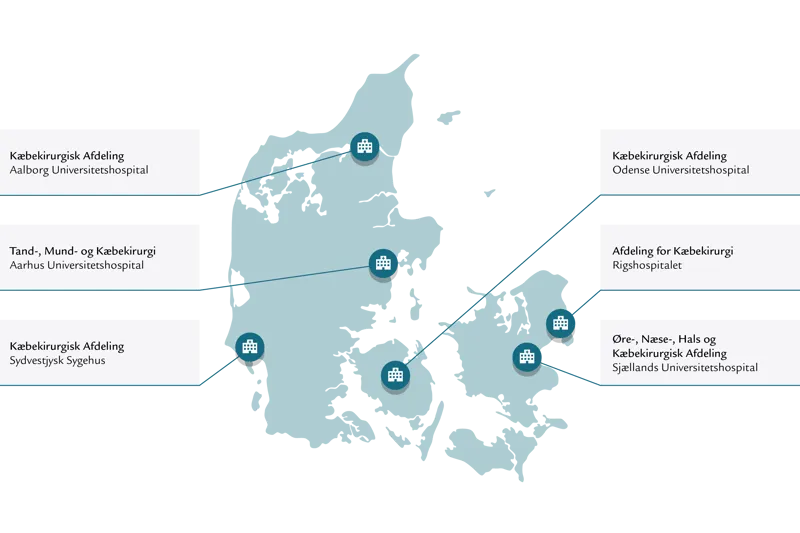Hvilke patientkategorier kan henvises til behandling i vågen sedering eller generel anæstesi i hospitalsregi?
Denne fokusartikel redegør for de patientkategorier, som kan henvises til diagnostik, udredning og behandling i hospitalsregi, når der foreligger indikation for anvendelse af vågen sedering eller generel anæstesi.

Dentoalveolær kirurgi og konventionel tandbehandling udføres almindeligvis i lokalanalgesi. Imidlertid kan der forekomme patienttilfælde, hvor behandlingen ikke kan gennemføres på sædvanlig vis, hvorfor der kan være behov for vågen sedering eller generel anæstesi. I henhold til American Society of Anesthesiologists (ASA) klassificeres patienter i fem klasser. Patienter med alvorlige systemiske sygdomme kombineret med nedsat funktionsniveau (ASA-gruppe III) eller konstant livstruende tilstande (ASA-gruppe IV) har en betydelig risiko for alvorlige anæstesiologiske komplikationer i forbindelse med vågen sedering eller generel anæstesi. Anvendelse af vågen sedering eller generel anæstesi til odontologiske patienter i ASA-gruppe III-IV nødvendiggør derfor et akut beredskab, supplerende anæstesiudstyr og anæstesiologisk ekspertise, hvorfor disse patientkategorier fordrer en henvisning til behandling i hospitalsregi. I nærværende artikel redegøres for de patientkategorier, som kan henvises til diagnostik, udredning og behandling i hospitalsregi, når der foreligger indikation for anvendelse af vågen sedering eller generel anæstesi.
Klinisk relevans:
Patienter i ASA-gruppe III og IV med behov for vågen sedering eller generel anæstesi kan henvises til de kæbekirurgiske afdelinger for udførelse af dentoalveolær kirurgi. Henvisningen bør indeholde en anæstesiologisk vurdering af patienten, som tilkendegiver, at den forestående kirurgiske behandling ikke kan gennemføres ambulant i privat tandlægepraksis, i den kommunale tandpleje eller ved et privathospital under anvendelse af lokalanalgesi, vågen sedering eller generel anæstesi som følge af patientens almene helbredstilstand og/eller komplekse medicinering.Which patient categories can be admitted for treatment using conscious sedation or general anesthesia in a hospital setting
Dentoalveolar surgery and conventional dentistry are usually performed using local analgesia. However, there may be patients where the treatment cannot be carried out this way, and conscious sedation or general anesthesia may therefore be needed. According to American Society of Anesthesiologists (ASA) patients are classified into five classes. Patients with severe systemic disease combined with functional limitations (ASA group III) or conditions with constant threat to life (ASA group IV) have a significant risk of serious anesthesiologic complications as a result of conscious sedation or general anesthesia. Emergency preparedness, additional anesthesia equipment and anesthesiologic expertise are therefore required to handle these complications. Conscious sedation or general anesthesia for patients in ASA group III-IV should therefore not be performed in outpatient facilities and necessitates admission for treatment in a hospital setting. The objective of the present paper is to describe the categories of patients with indication of the use of conscious sedation or general anaesthesia and therefore appropriately admitted for treatment in a hospital setting.


